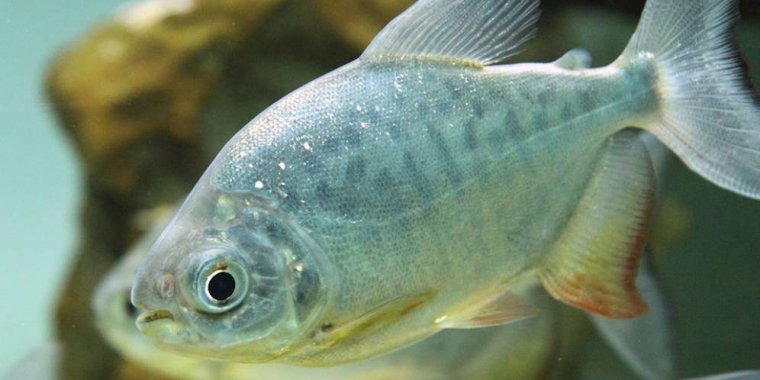| News / Science News |
Amazon fish ‘face new threats’
While history has played an important role in the distribution and diversity of fish species in the Amazon basin, climate change, deforestation and building of power dams could alter such dynamics even more.

Fishing of tambaqui is being affected by changes in rain patterns. Photo: Public Domain Pictures
A study found that, instead of increasing downriver, fish diversity decreases closer to the mouth of the Amazon, concentrating more upriver at the western portion of the basin.
The decline in fish diversity downriver, coupled with the impact of climate change on rain patterns, is a concern for riverine communities who depend on fishing for their livelihoods and on fish as a source of protein.
It is an unusual pattern compared with other rivers. Regions closer to a river’s mouth are normally where species colonise the most. The wider the area, the more space becomes available to the creation of varied habitats, and this is one of the keys to fish diversity.
Other important factors for fish diversity are climate stability and the availability of nutrients from fruits, branches and leaves that fall from nearby trees. These are more present downstream, which explains why species diversity increases in these areas.
The Amazon river changed course to the Atlantic between one and nine million years ago with the rise of the Andes mountain range, and this could explain why fish diversity is still concentrated west of the river.
Authors also found indications that the rise in deforestation and the construction of dams could threaten the natural dynamics of fish dispersal.
Deforestation cuts back on tree shadow on rivers, increases the number of river algae, which compete with fish for oxygen, and curtails the availability of food that comes from trees. Not to mention the agrochemicals used in agriculture - their discharge on rivers contributes immensely to fish mortality.
The construction of dams along the tributaries of the Amazon poses a serious threat to fish abundance and diversity.
Dams block migration routes along the river gradient, which impacts migratory fish - and some, like the catfish, are the most valuable in the fishery sector in the Amazon because they tend to be larger. Dams also change the regime of flow in rivers downstream, and they trap sediments that carry nutrients, starving fish and other species.
Climate change affects the hydrological regime in the Amazon, which affects fish reproduction and production of stocks in the floodplains. Stability in climate patterns is crucial to maintaining fish productivity.
Changes in rainy and dry seasons are already disrupting fish dynamics and making their effects felt by local communities.
There are periods of the year that should be dry, when communities are still experiencing flooding because of the change in rain patterns, she says. The fishing of the tambaqui – a large freshwater fish native to South America – that usually happens before its reproductive season in October, is increasingly affected by flooding. (SciDev.Net)
YOU MAY ALSO LIKE





